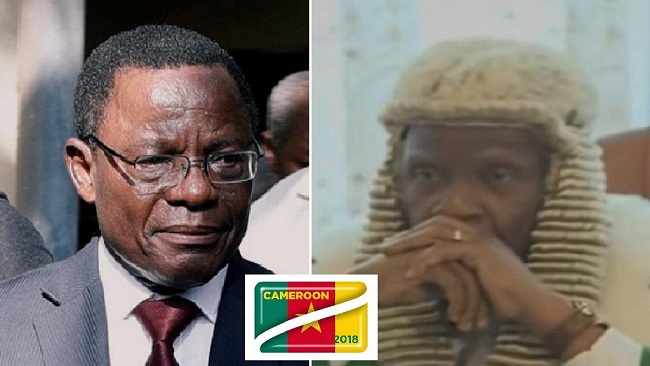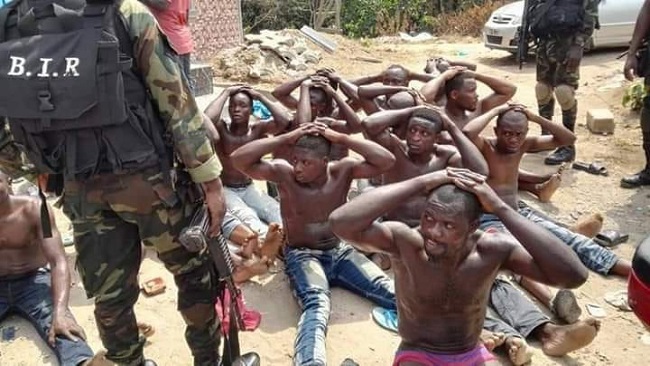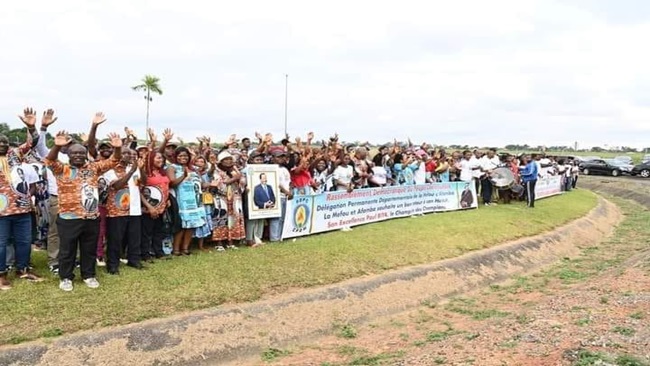9, September 2019
WHO says suicide kills one person every 40 seconds 0
Across the world, one person takes their own life every 40 seconds, and more people die by suicide every year than in war, the World Health Organization says.
Hanging, poisoning and shooting are the most common suicide methods, the WHO said as it urged governments to adopt suicide prevention plans to help people cope with stress and to reduce access to suicide means.
“Suicide is a global public health issue. All ages, sexes and regions of the world are affected (and) each loss is one too many,” the WHO’s report said.
Suicide was the second leading cause of death among young people aged between 15 and 29, after road injury, and among teenage girls aged 15 to 19 it was the second biggest killer after maternal conditions. In teenage boys, suicide ranked third behind road injury and interpersonal violence.
Overall, close to 800,000 people die by suicide every year – more than are killed by malaria or breast cancer, or by war or homicide, the WHO said.
Global rates have fallen in recent years – with a 9.8% decrease between 2010 and 2016 – but declines were patchy. In the WHO’s Americas region, for example, rates rose by 6% in between 2010 and 2016.
The report also found that nearly three times as many men as women die by suicide in wealthy countries, in contrast to low- and middle-income countries, where the rates are more equal.
“Suicides are preventable,” said the WHO’s director general, Tedros Adhanom Ghebreyesus.”We call on all countries to incorporate proven suicide prevention strategies into national health and education programs.”

The WHO said restricting access to pesticides was one of the most effective ways of reducing suicide numbers swiftly.
Pesticides are commonly used and usually result in death because they are so toxic, have no antidotes, and are often used in remote areas where there is no nearby medical help.
The WHO pointed to studies in Sri Lanka, where bans on pesticides have led to a 70% drop in suicides and an estimated 93,000 lives saved between 1995 and 2015.
(Source: Reuters)



























9, September 2019
French Cameroun: Internally displaced Ambazonia children struggle to continue schooling amid crisis 0
As early as 6:30 am on the day of school reopening, 10-year-old Cameroonian girl Kelsy Shinyuy was already on her way to meet her new teachers and classmates.
“I am very happy because I have not been to school for long. Very happy,” she said.
Shinyuy had to stay at home since 2017 due to a persistent crisis in the Cameroon’s two English-speaking regions of Northwest and Southwest, where separatists have been clashing with government forces in a bid to secede from the French-majority Cameroon and create an independent nation they call “Ambazonia”.
In late August this year, Shinyuy and her family left their home in Kumbo in the Northwest to take refuge in Foumban, chief-town of Noun division in the Francophone part of Cameroon, about 100 km away from Kumbo. She was finally able to restart school at Saint Joseph Bilingual School of Foumban.
Her mother Lidwina Limunyuy was very excited that she managed to resend her child back to school, although for lack of money, the other two younger brothers of Shinyuy have to keep staying at home.
“We went through hardship. In fact we are lucky to be alive,” Limunyuy said.
A UNICEF report released in August estimates that insecurity spreading across Cameroon’s Anglophone regions has left more than 4,400 schools forcibly closed, affecting more than 600,000 children. According to the government, many of these schools were found being used as bases of the armed separatists.
According to UN estimations in July, the conflicts have resulted in about 530,000 internally displaced persons (IDP). Among them, many are children and teenagers struggling to resume schooling with very limited ressources.
“The situation is sad and touching…We have asked all the school authorities to admit all the internally displaced children. We are very focused to make sure they go to school hitch-free,” said Amidou Mbouombouo, divisional delegate of the secondary education ministry in Noun.
Magdaline Abongmbuh, a teacher at Government Bilingual High School of Foumban, said 33 IDP students registered in her class.
“Some of the students came to school without uniforms and books and school fees. When I asked them to go home and dress properly before coming to school, they burst into tears and insisted that they are ready to study in any condition,” said Abongmbuh. “They cried, Madam, we have suffered a lot and we want to go to school.”
Humanitarian agencies like the Red Cross are also taking actions.
Last academic year, the Red Cross helped about 7,000 displaced children register in primary and secondary schools in Noun, where there are currently 38,940 IDPs, according to Ibrahim Pouamoun, divisional secretary of the Red Cross in Noun.
Local elites make their contribution too. Members of Bamoun Kingdom, a major chiefdom in Noun, visited displaced families before school resumption to donate learning equipments.
To provide IDPs with sustainable sources of income, the sultan king Ibrahim Mbombo Njoya has made available 600 hectares of farm land, according to Inoussa Ngoupayou, first deputy to the sultan king.
On this first day of school, Shinyuy was already making new friends. All children have been instructed to be kind to their mates coming from crisis-hit regions, school headmistress Caroline Yaah told Xinhua.
“I will study hard to become a doctor,” Shinyuy said.
Culled from Xinhuanet